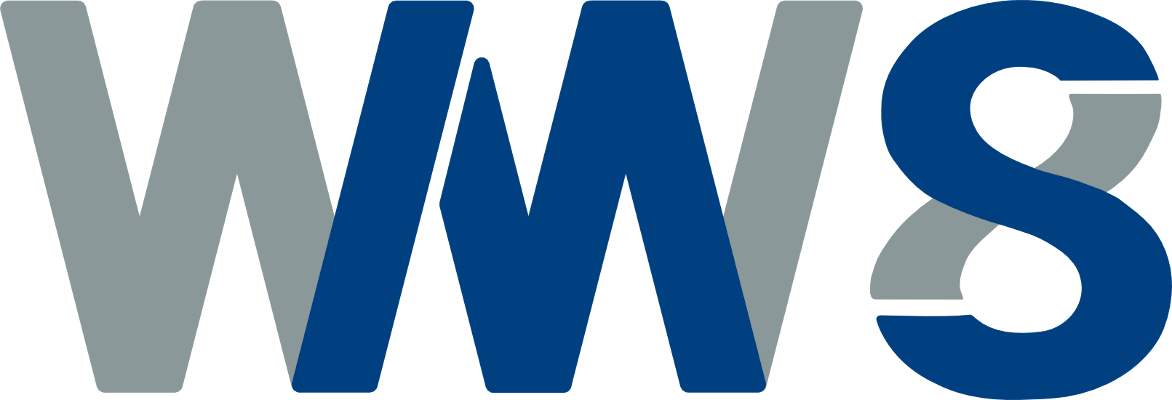Modeling the Kinetics of Annealing – a Case of Freestyle Racing
PD Dr. rer. nat. Volker Mohles
Institute of Physical Metallurgy and Metal Physics, RWTH Aachen University
Wednesday, 05. June 2013, 17.00
WW8, Room 2.018-2, Dr.-Mack-Str. 77, Fürth
Historically, the main issue of multiscale materials modelling is to link various length scales and their corresponding time scales in one computer program. For instance, a large scale model may provide flexible boundary conditions for a small scale simulation, or, a small scale model provides in-situ input data for a large scale model. In such cases, the time scales are decoupled. However, there are also cases in which several different physical mechanisms of the same length scale, triggered by thermally activated events, can operate concurrently and on the same time scale. Examples for this occur during annealing treatments of alloys for homogenisation, hardening, or softening: particles may precipitate or dissolve, while the solute atoms diffuse through bulk, grain boundaries and dislocations Moreover, recovery may take place, nuclei for recrystallisation may form and grow, and grain growth may set in. If plastic deformation is superimposed, e.g. by a testing machine, more thermally activated processes get involved, like dislocation slip. All these processes entail their own kinetics, and they can mutually interact in drastic ways, building road blocks for each other. Since the kinetics’ depend on temperature differently, even rates of temperature transitions become important in industrially relevant annealing treatments. In the presentation, examples of simulations are shown in which a number of concurrent processes are taken into account. They demonstrate that the concurrency of consideration is essential to cover a whole range of experimental results consistently.

